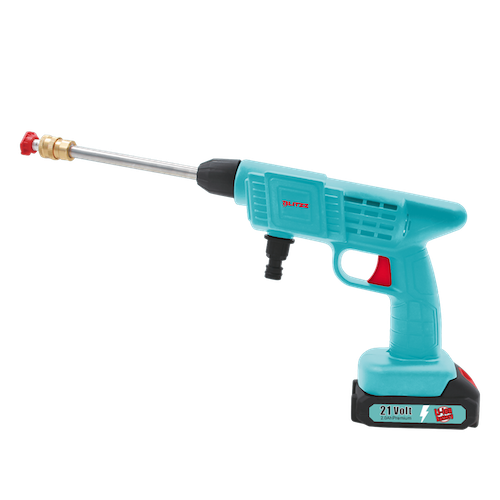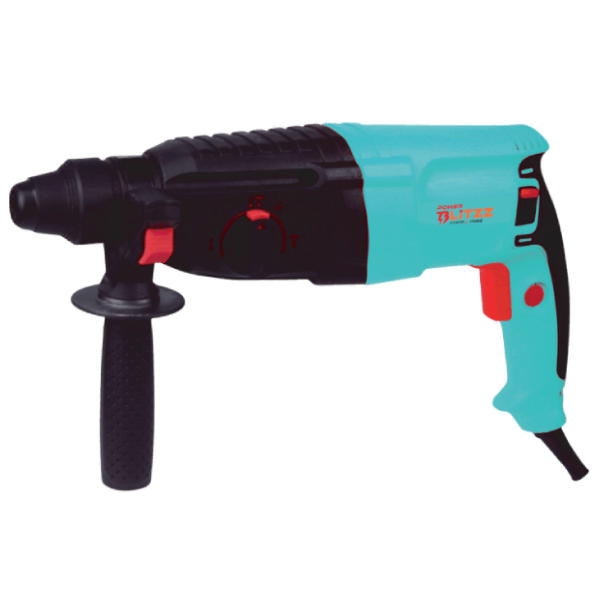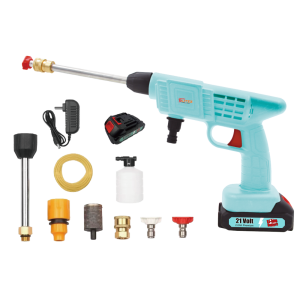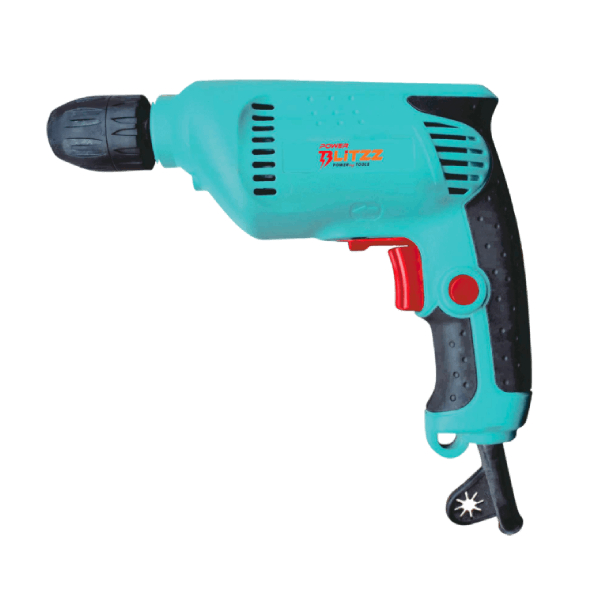

Understanding Voltage and Power Ratings in Cordless Tools
As an experienced craftsman or Diyar, you know that having the right Cordless Tools for the job is critical to success. When selecting cordless tools, you encounter confusing specifications like voltage, ampere-hours, and power ratings.
Understanding these numbers is key to building an effective cordless toolkit tailored to your projects’ needs. This post breaks down the significance of these ratings, empowering you to optimize your tool selection.
Know the Significance of Voltage
Voltage, measured in volts (V), indicates the electrical force driving current through a tool. In cordless tools, common ratings include 12V, 18V, and 20V. Higher voltage enables tools to tackle more demanding applications but also results in increased weight.
As you select tools, balance power against portability, considering your strength and the mobility your projects require. If you mainly work on light-duty tasks, a 12V toolkit provides adequate strength in a lighter package focused on manoeuvrability.
For heavy workloads, 18V or 20V tools provide necessary muscle despite greater heft. Match voltage to the expected workload to build an optimal toolkit.
Understanding Battery Capacity: Ampere-Hours
In addition to voltage, ampere-hour (Ah) ratings indicate battery capacity and runtime. Higher Ah equates to longer sustained operation before recharging is required. When selecting batteries, consider both voltage for power and Ah for operating duration.
Higher Ah does mean slightly heavier batteries, but the boosted runtime can significantly improve productivity over long projects. Balance these factors to meet your runtime needs without overloading yourself with excess weight.
Evaluating Power Output and Torque
Power outputs are provided in watts (W) or horsepower (HP), denoting work over time. More power means quicker and easier completion of tasks. For drivers and drills, torque indicates rotational force in Newton meters (Nm). Higher torque allows for driving larger fasteners and drilling tougher materials.
Carefully evaluate these ratings to ensure your cordless tools supply adequate strength for their intended roles. Overpowered tools add unnecessary cost and weight, while underpowered ones struggle through jobs and can overheat.
Understanding Brushed vs. Brushless Motors
Traditionally, cordless tools relied on brushed motors, which use brushes for internal electrical connections. Newer brushless motors eliminate the brushes, boosting efficiency and extending tool life while running cooler and smoother.
Brushless motors cost more but deliver better performance over time. Consider brushless technology a long-term investment in productivity and durability for tools you use extensively. For occasional use, brushed motors provide adequate capability at a lower cost.
The Key is Matching Tools to Usage
By taking voltage, battery life, power output, torque, and motor type into account, you can tailor your cordless toolkit specifically to your applications. Striking the right balance of strength, runtime, and weight enhances productivity while avoiding overkill that adds unnecessary bulk and expense. Equipped with an understanding of these key ratings, you can demystify specifications and build an arsenal of capable tools ready to streamline every project.
If you are looking for cordless tools in Dubai, visit Power Blitzz.

Copyright © 2024 – Power Blitzz– All rights reserved.





